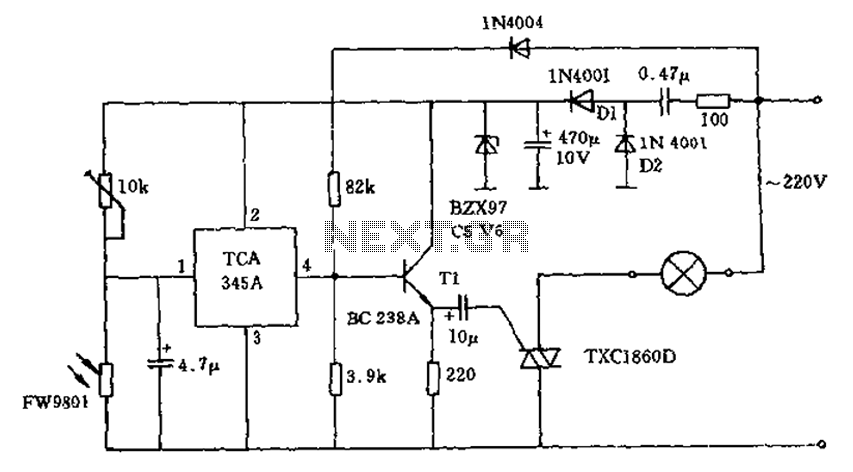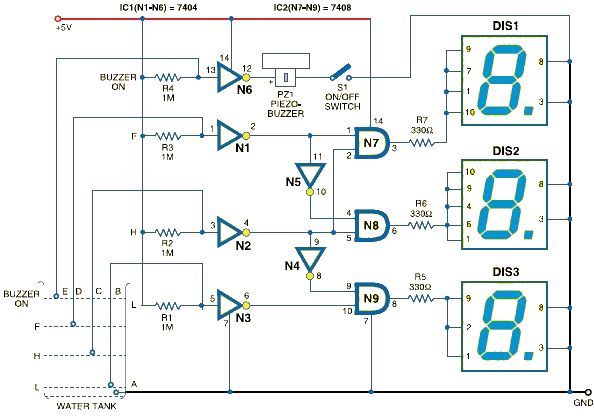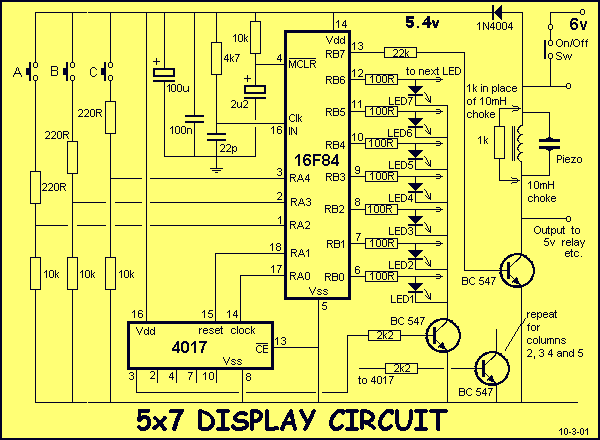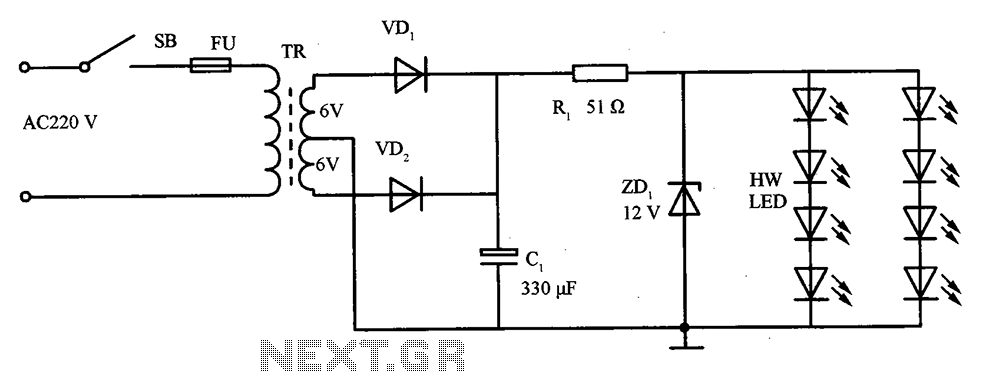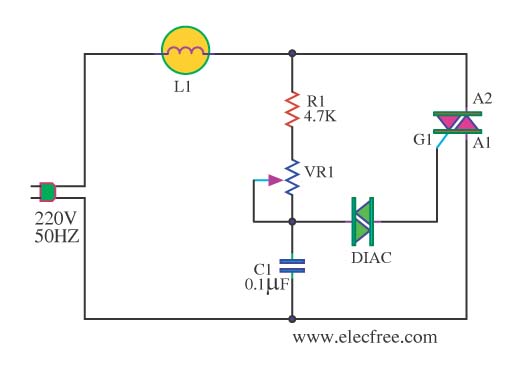
Nokia N73 Display Lights Problem Picture Help

The display lights issue on the Nokia N73 can arise from various factors, such as a broken path in the display circuit or damage to the display driver, among others. This mobile repair guide offers pictures related to the display problems of the Nokia N73, particularly concerning the display lights issue. The images illustrate how to create a jumper in the event of a broken path in the display circuit and also provide a portion of the Nokia N73 schematic diagram.
The Nokia N73 utilizes a complex display circuit that is integral to its operation. The display lights problem can typically be traced back to either physical damage or electrical faults within this circuit. A common fault is a broken path, which can disrupt the flow of current necessary for the display to function properly. In such cases, creating a jumper can restore connectivity and allow the display to operate as intended.
The schematic diagram for the Nokia N73 provides critical insights into the layout and components of the display circuit. It includes details on the display driver, which is responsible for controlling the display's functionality by managing the signals sent to the screen. Understanding the schematic can be vital for diagnosing issues, as it allows technicians to identify potential points of failure and the necessary corrective actions.
When addressing display issues, it is essential to carefully inspect the circuit for any visible breaks or damage. If a broken path is identified, a jumper wire can be soldered across the damaged area to re-establish the electrical connection. This repair technique is commonly used in mobile device repairs and can be effective in resolving display light problems. The accompanying images in the repair guide serve as a visual reference, demonstrating the jumper creation process and highlighting the relevant sections of the schematic for clarity.
Proper handling and soldering techniques must be employed to ensure that the repair is both effective and does not introduce further issues. After completing the repair, testing the display functionality is crucial to confirm that the problem has been resolved and that the display lights are operational.Display lights problem on Nokia N73 can be caused by several reasons, for example broken path on the display circuit, damaged the display driver, and others. Here, mobile repair guide provide some pictures relating to Nokia N73 display problem, especially on display lights problem.
The pictures show you how to make a jumper if there are broken pa th on display circuit and also show you the piece of Nokia N73 schematic diagram. 🔗 External reference
The Nokia N73 utilizes a complex display circuit that is integral to its operation. The display lights problem can typically be traced back to either physical damage or electrical faults within this circuit. A common fault is a broken path, which can disrupt the flow of current necessary for the display to function properly. In such cases, creating a jumper can restore connectivity and allow the display to operate as intended.
The schematic diagram for the Nokia N73 provides critical insights into the layout and components of the display circuit. It includes details on the display driver, which is responsible for controlling the display's functionality by managing the signals sent to the screen. Understanding the schematic can be vital for diagnosing issues, as it allows technicians to identify potential points of failure and the necessary corrective actions.
When addressing display issues, it is essential to carefully inspect the circuit for any visible breaks or damage. If a broken path is identified, a jumper wire can be soldered across the damaged area to re-establish the electrical connection. This repair technique is commonly used in mobile device repairs and can be effective in resolving display light problems. The accompanying images in the repair guide serve as a visual reference, demonstrating the jumper creation process and highlighting the relevant sections of the schematic for clarity.
Proper handling and soldering techniques must be employed to ensure that the repair is both effective and does not introduce further issues. After completing the repair, testing the display functionality is crucial to confirm that the problem has been resolved and that the display lights are operational.Display lights problem on Nokia N73 can be caused by several reasons, for example broken path on the display circuit, damaged the display driver, and others. Here, mobile repair guide provide some pictures relating to Nokia N73 display problem, especially on display lights problem.
The pictures show you how to make a jumper if there are broken pa th on display circuit and also show you the piece of Nokia N73 schematic diagram. 🔗 External reference
